
Wilma Liebman is a past Member and Chairman of the National Labor Relations Board (1997-2011) and an adjunct professor of labor law at New York University School of Law.

Lance Compa is a Senior Lecturer Emeritus at the Cornell ILR School and a former college basketball player.
The Case for College Sports Bargaining
This is Part I of a two-part series on collective bargaining in college athletics.
Federal judge Claudia Wilken’s June 6 settlement approval in the House v. NCAA antitrust lawsuit is not the culmination of college sports’ evolution from hypocritical amateurism to open professionalism. It’s a plot thickener.
Fearful of even greater liabilities if it lost at trial, the NCAA settled the House case and agreed to divert billions of dollars, mostly from TV broadcasting rights, into $20 million funds for each of the more than one thousand member schools to pay their athletes. Who gets paid, and how much, is up to each school.
But the deal creates more questions than it resolves. How will it bridge differences between the virtually professional “power” football and basketball conferences and the many more conferences and schools playing at lower levels who, as it turns out, must pay proportionally more of their revenues into the House funds? Between high-profile and high-income generating sports, again mostly football and basketball, and sports that are less remunerative but equally exciting for fans and demanding for athletes, like baseball, softball, hockey, wrestling, lacrosse, volleyball, swimming, gymnastics and others? Between men and women athletes under Title IX’s requirement for equal treatment?
What’s more, the House deal settles only a fraction of ongoing anti-monopoly lawsuits and potential liabilities. The NCAA is lobbying for congressional legislation giving them an anti-trust exemption. If they get it, they can do whatever they want – including halting compensation for athletes once the House settlement fund is paid out.
A legislated exemption would be a setback for athletes’ rights that will lead to continued uncertainty and turmoil. Antitrust suits might be avoided, but inventive plaintiffs’ lawyers will turn to wage and hour complaints, tort and breach of contract suits, anti-discrimination, workers’ comp, and other employment lawsuits.
It’s a Gordian Knot for college sports. But the way to cut through it is a tested framework for reconciling competing interests in other areas of economic and social life: collective bargaining.
Collective bargaining would give schools their prized exemption under longstanding antitrust law, which allows employers and unions to “fix” pay and conditions without running afoul of anti-monopoly strictures. This exemption would not be a special political favor letting universities impose conditions unilaterally and destroying athletes’ rights. Instead, it would encourage good-faith bargaining with players and their unions.
Justice Brett Kavanaugh, hardly a labor rights champion, suggested as much in his concurring opinion in NCAA v. Alston, the seminal Supreme Court decision that eventually led to the House settlement. To solve “difficult questions” surrounding potential antitrust liability, Kavanaugh said “colleges and student athletes could potentially engage in collective bargaining . . . to provide student athletes a fairer share of the revenues that they generate for their colleges.”
With collective bargaining, players in big-income sports can join their lesser-known schoolmates to negotiate terms and conditions for distributing the “pie” created by the new reality of college athletics. They could seek conference-wide “master agreements” on common issues across schools in the conference, and school-by-school talks on local concerns.
Players might even bargain with the NCAA itself as a joint employer alongside conferences and schools. A post-House twist lends itself to finding joint employer status: immediately following Judge Wilken’s approval, the NCAA announced creation of a new College Sports Commission to police revenue-sharing payouts to athletes under the settlement as well as payments to individual stars under name, image and likeness deals. Both are strong indicia of joint employer status (fans might say they’re a slam-dunk).
We can already hear objections. Will players on high-profile teams seek a share greater than those in lesser sports? Will players on perennial winners seek more than perennial losers in the same conference? Will star players seek more than other starters, who will seek more than substitutes? Will men seek more than women? Will baseball players seek overtime pay for extra-inning games?
That’s the genius of collective bargaining. Instead of schools acting alone and angering more players and fans than they please, the people most involved on both sides, sports administrators and athletes, can tackle these issues through bargaining “with a sincere desire to reach an agreement,” the classic definition of good faith in labor relations.
In bargaining, each side must fulfill its obligation to explain their own proposals and listen closely to what the other side says to back up their proposals. Good faith also calls for maintaining an open mind and willingness to compromise to reach an agreement. It’s not only the law; it works positively for both sides.
The first step would involve college athletes forming unions to pursue bargaining with their schools. They couldn’t do it spontaneously. They’ll need help from experienced advocates like attorneys and economists who decades ago helped players form unions in the NFL, NBA, and major league baseball.
Then there were twelve NFL teams, eight NBA teams, and twenty MLB teams. Organizing athletes at hundreds of colleges around the country is a higher-order-of-magnitude challenge. It would have to be led by big, well-resourced unions that could assign staff at the needed scale. Perhaps professional athletes’ unions could form a consortium to organize college players, much like the MLBPA, representing 1200 players, organized more than 5,000 minor league baseball players in 2022 and achieved a first collective bargaining agreement in 2023.
Athletes’ unions would face threshold strategic questions: whether to organize on a team-by-team or school-wide basis, and whether to seek majority support in a single conference-wide bargaining unit. It’s a classic challenge going back to rivalry between the AFL and the CIO in the 1930s: organizing along “craft union” versus “industrial union” lines. For college sports, we think school-wide organizing makes more sense than myriad team fragments. College athletes share a core identity as competitors who have worked hard all their lives to get where they are, whether in football or fencing. They have enough in common to bargain together. Individual teams could address their concerns under school-wide agreements, and school-wide bargaining units could coalesce for conference-wide negotiations.
In private sector schools, administrations could voluntarily recognize players’ unions that demonstrate majority support, or the National Labor Relations Board could hold secret-ballot elections. In the public sector, similar mechanisms exist in those states that recognize collective bargaining rights. In states that don’t allow public sector bargaining, players could still exercise First Amendment rights of association to join their counterparts and campaign publicly for equal treatment.
Once they form unions, athletes would first have to bargain among themselves to formulate proposals. They have to reconcile competing interests just as employees in multi-faceted bargaining units in other workplaces, like assembly-line workers and skilled tradespersons in factories, or clerical and high-tech staff in offices.
All unions have to promote debate and dialogue within their ranks to reach consensus bargaining positions. Issues are hashed out with membership surveys and in meetings where workers talk and listen to each other and make compromises. In the process, workers develop a sense of community, agency, and “voice” vital for a democratic process.
Athletic directors and coaches will have their own proposals, too, reflecting a similar process of internal bargaining and compromise. Not least between high-profile football and basketball coaches, and coaches of the more plentiful but lesser-known sports teams.




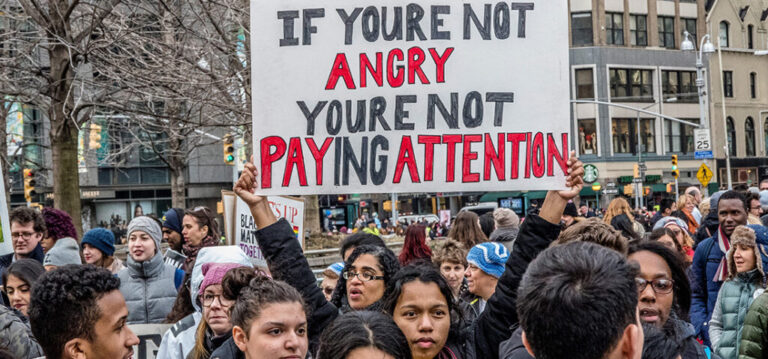
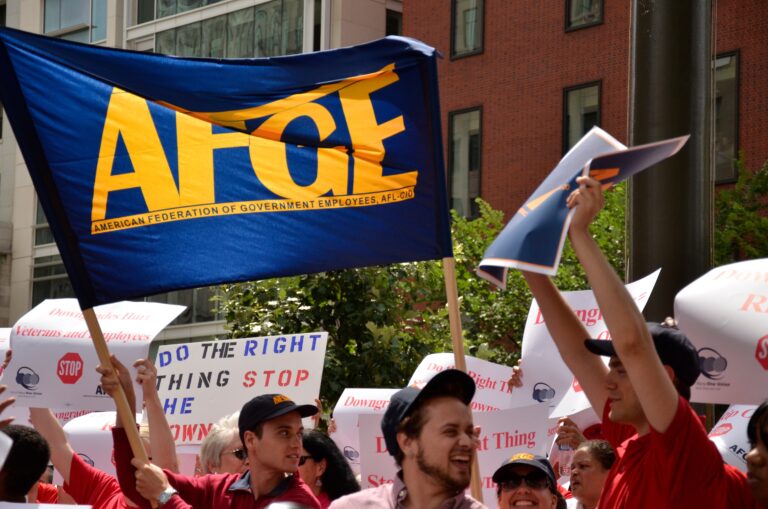
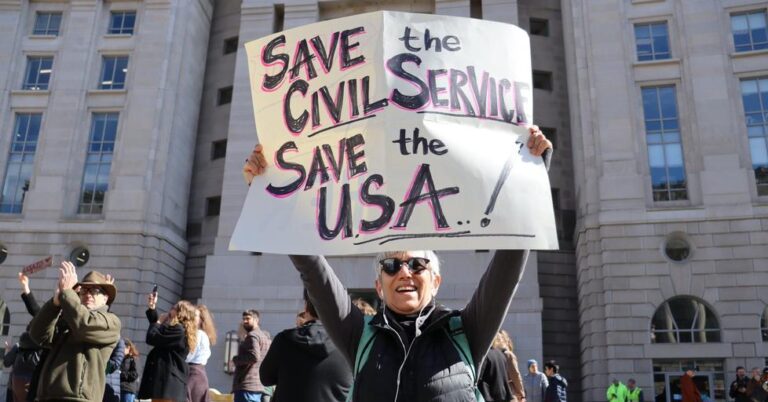
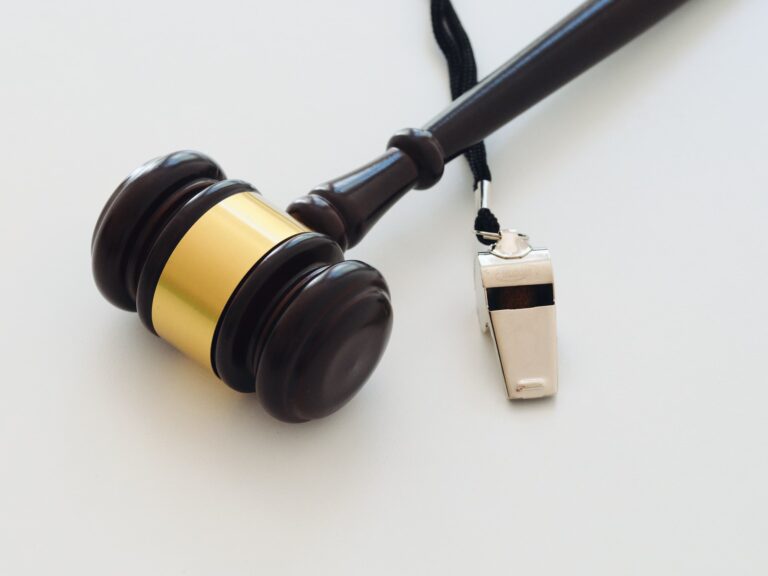

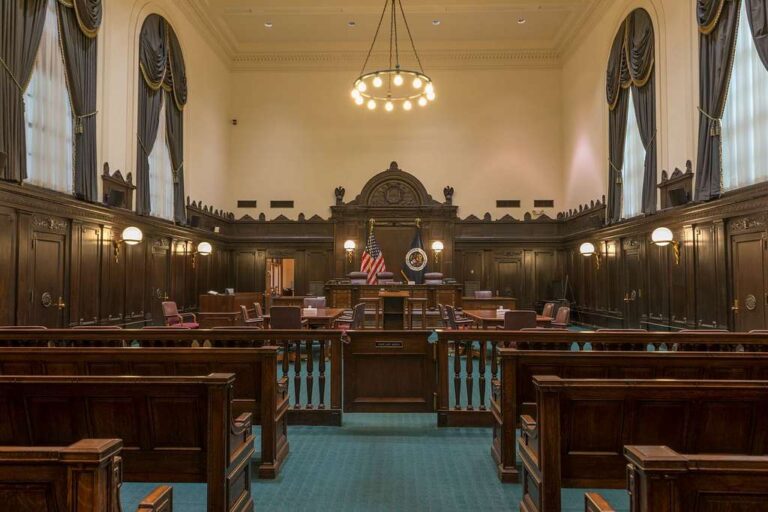
Daily News & Commentary
Start your day with our roundup of the latest labor developments. See all
December 4
Unionized journalists win arbitration concerning AI, Starbucks challenges two NLRB rulings in the Fifth Circuit, and Philadelphia transit workers resume contract negotiations.
December 3
The Trump administration seeks to appeal a federal judge’s order that protects the CBAs of employees within the federal workforce; the U.S. Department of Labor launches an initiative to investigate violations of the H-1B visa program; and a union files a petition to form a bargaining unit for employees at the Met.
December 2
Fourth Circuit rejects broad reading of NLRA’s managerial exception; OPM cancels reduced tuition program for federal employees; Starbucks will pay $39 million for violating New York City’s Fair Workweek law; Mamdani and Sanders join striking baristas outside a Brooklyn Starbucks.
December 1
California farmworkers defend state labor law, cities consider requiring companies to hire delivery drivers, Supreme Court takes FAA last-mile drivers case.
November 30
In today’s news and commentary, the MSPB issues its first precedential ruling since regaining a quorum; Amazon workers lead strikes and demonstrations in multiple countries; and Starbucks workers expand their indefinite strike to additional locations. Last week, the Merit Systems Protection Board (MSPB) released its first precedential decision in eight months. The MSPB had been […]
November 28
Lawsuit against EEOC for failure to investigate disparate-impact claims dismissed; DHS to end TPS for Haiti; Appeal of Cemex decision in Ninth Circuit may soon resume